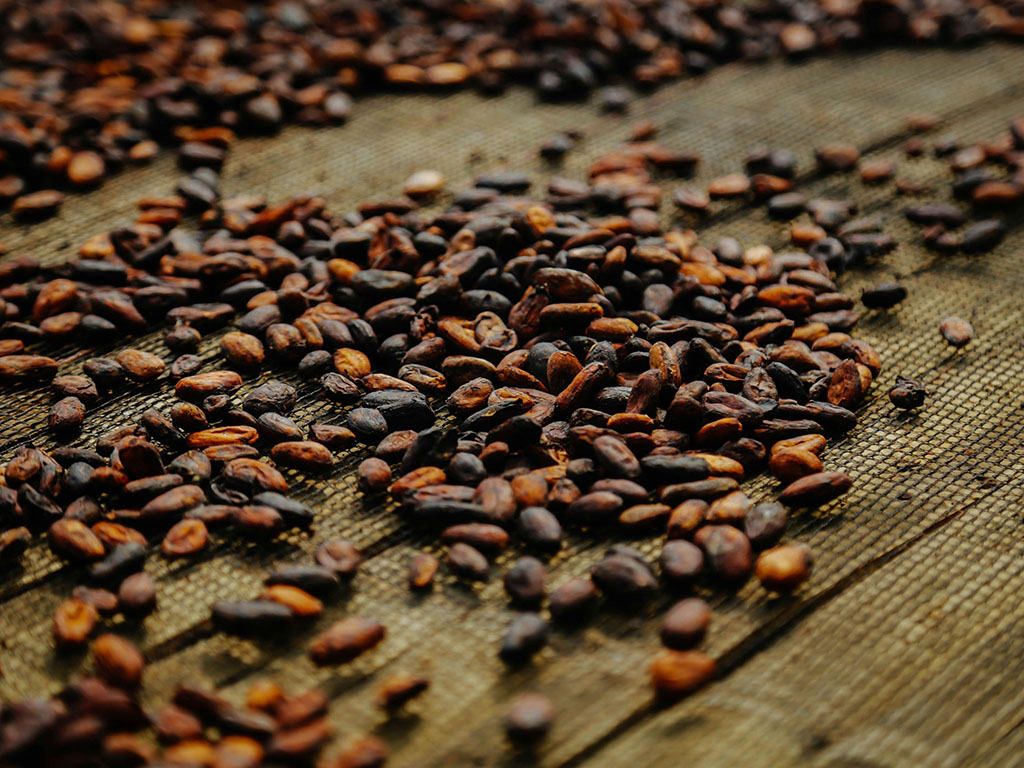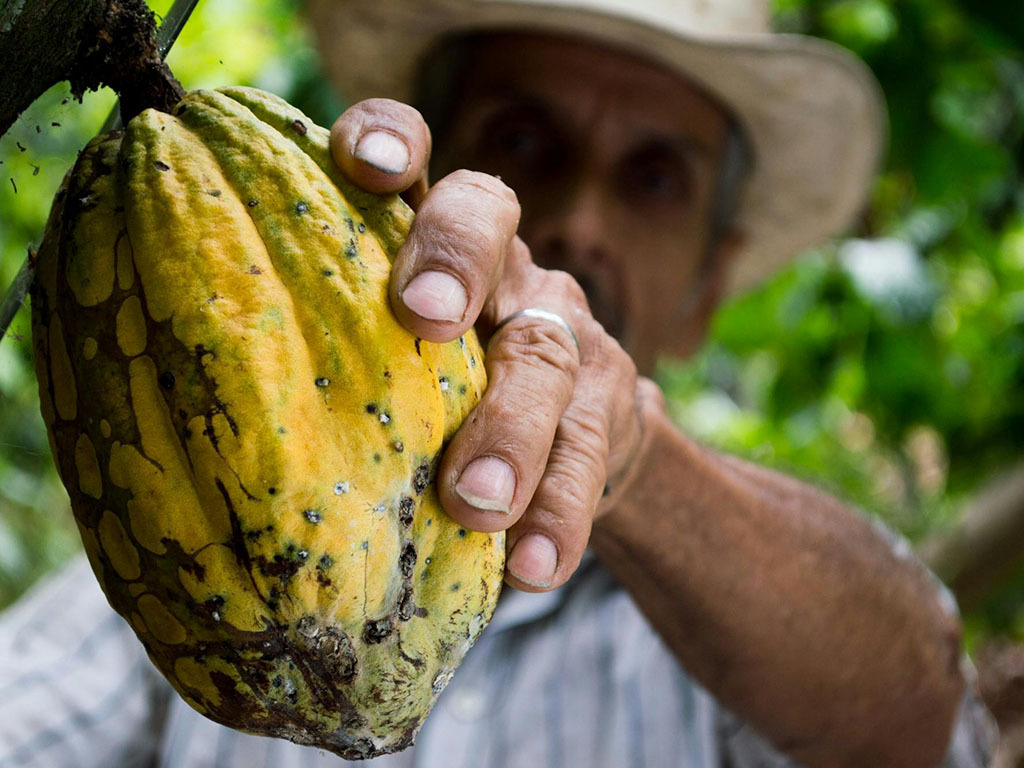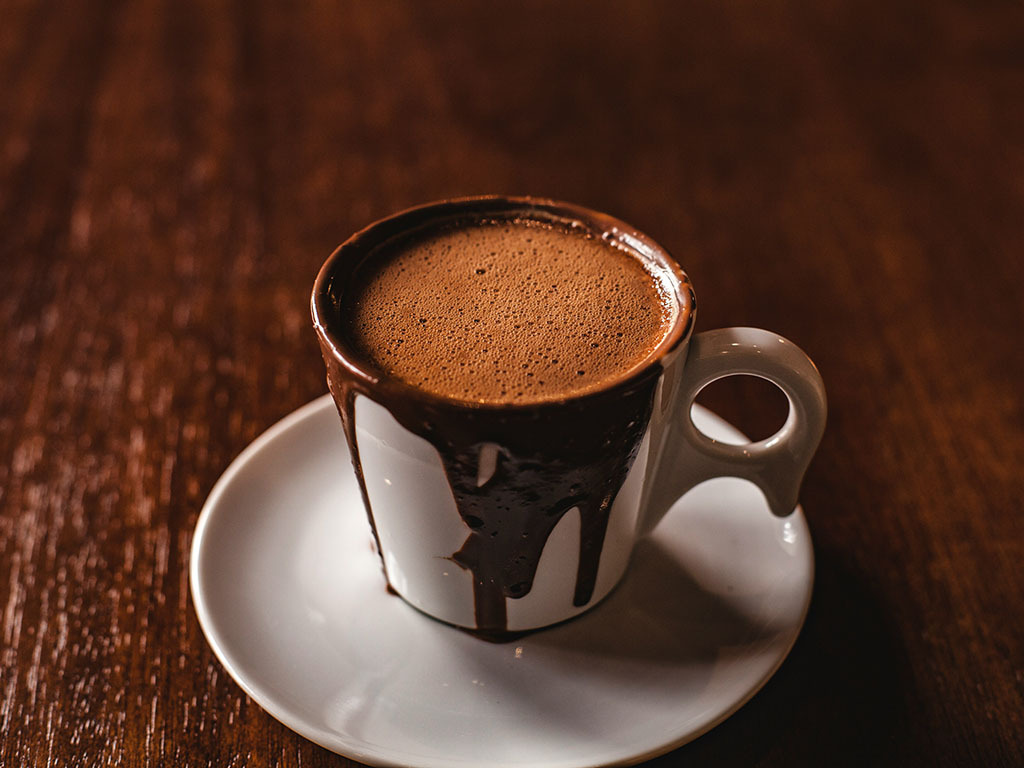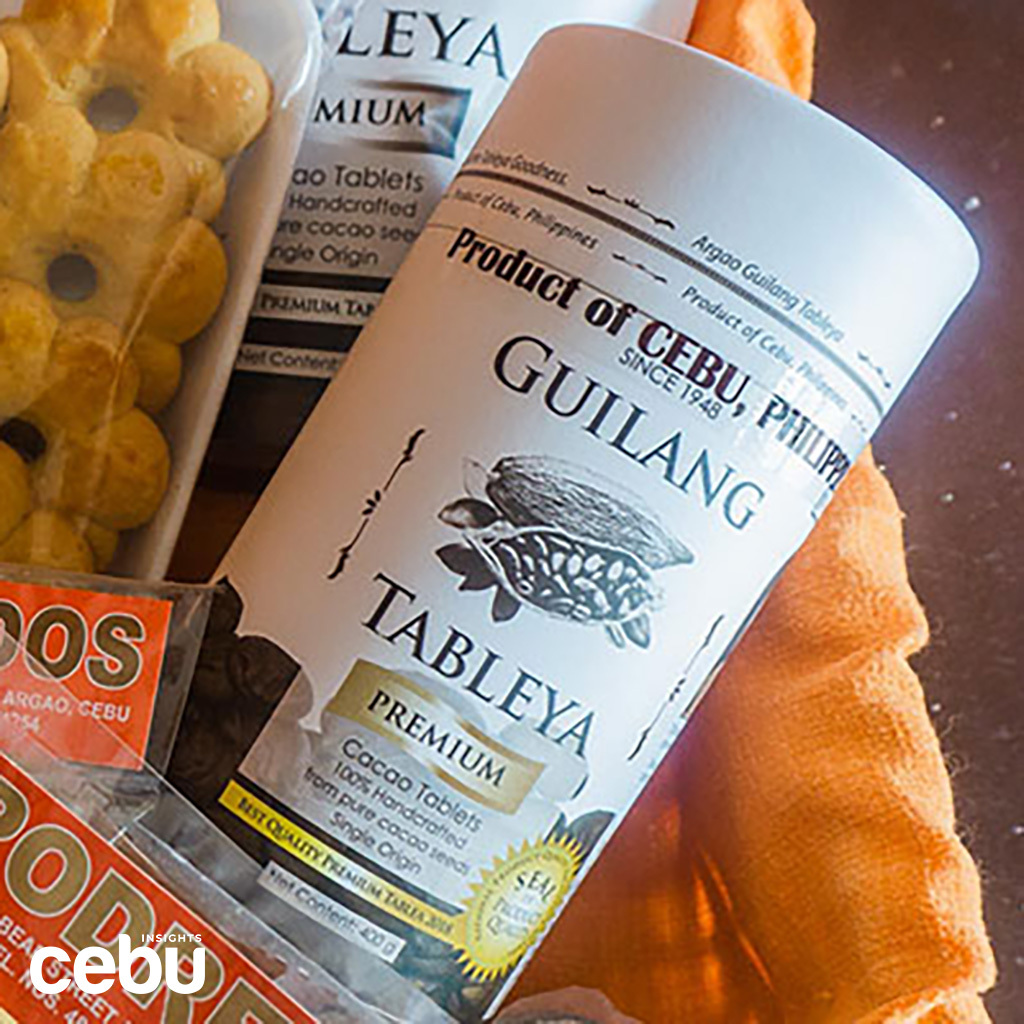Tablea: The Best Hot Chocolate for Cebuanos
afacebu.gerard@gmail.com | Posted on |

Tablea is a popular ingredient used in many Filipino delicacies.
Photo courtesy of Leonard Asuque on Unsplash
They say if you want instant comfort, just add chocolate.
In fact, many popular delicacies in the Philippines are made with chocolate because of one important ingredient: tablea.
Tablea refers to the chocolate disk-shaped tablets made from locally sourced cacao. When dissolved, these tablets create a rich liquid used for Filipino hot chocolate known as sikwate.
The drink is popularly served during breakfast as an alternative to coffee. Sikwate has a similarly bitter flavor that is best mixed with a sweetener.
Tablea is also used for the local chocolate rice porridge champorado. Some establishments use these chocolate tablets for cakes as well to give it a unique twist.
Sikwate is a famous delicacy in Filipino cuisine, and it’s a staple for home-cooked meals in the countryside and even in the city. The beans used for making tablea have been grown and prepared in the Philippines since the country’s colonization.
HISTORY OF TABLEA IN THE PHILIPPINES
According to Max from Dame Cacao (2024), tablea became known when the Spaniards started growing Theobroma cacao plants in the country. These plants bear the fruit which serves as a main component for chocolate.
The plant was only grown in the Americas, becoming a popular resource among locals. This prompted the Spanish to try and cultivate it in their colonies, including the Philippines.
It is named after the Spanish word for tablet (other variations include tableya) because of its shape. This is another one of the many influences Spain has on Filipino culture.
Sikwate was the first version of tablea ever introduced, but it was not widely consumed. Cacao farms were supervised by local priests who decided who was worthy of drinking it.
As Filipinos gained more freedom and independence, sikwate merely became a commoner’s drink, as local farmers learned to create the drinks from the comfort of their homes.
Early Filipinos grew their own plants and cultivated the seeds used for the tablets. Chocolatiers would use a rather tedious process requiring a lot of endurance and dexterity.
After extracting the beans from the cacao plant, they are cleaned and cooked over an open fire to soften the skin. The roasted cacao beans are then put through a process called winnowing, which uses wind to separate the grain from its coating.
When the skin is removed, these are ground to achieve a paste-like consistency. Once they form the perfect texture, they are then molded into tiny, disk-shaped tablets.
Finally, they are packed and sealed for distribution to shopping malls and pasalubong centers. Two or three pieces are used to make one serving of sikwate, and the drink is best paired with milk or muscovado sugar.
Earlier versions of sikwate were made using a wire whisk (locally called a batirol) to mix the chocolate with the water thoroughly and to make sure no bits were left when mixing.
As more producers experimented on tablea, more convenient ways of making them emerged. You can now make a cup of sikwate by simply adding hot water and your preferred sweetener.
TABLEA IN CEBU
Guilang Tableya is the go-to place to get chocolate tablets in Argao
Many will argue that the best tablea in Cebu is made in the quiet municipality of Argao, where residents would pair their local delicacy, torta, with a piping cup of hot choco.
Among the many places producing it, one name stands out: Guilang. The local company has been making their own versions of the chocolate tablets since the 1940s.
This chocolate factory was founded by Miguela “Guilang” Lanutan, together with her husband Pedro. Starting this business helped them send their children to school.
They started in 1948, making tablea from their ancestral house in Canbanua.
In an interview with The Freeman (2019), Edgar Lanutan (Guilang’s youngest son) said that Guilang Tableya only started with one ganta (around three quarts) of locally sourced cacao beans from Mount Lantoy.
The process to create the mold was much slower with workers previously molding the cacao by hand.
Their earliest customers were close friends, family, and people from around the neighborhood. Soon, word of mouth spread about how good their product was.
The production grew, with the company producing 80 kilos a day in the 70s, 120 in 2008, and now 12 tons a month.
Guilang Tableya wanted to stand out from others in Cebu and Argao, which they noticed all had the same taste and aroma. They experimented on roasting, changing speed, and even the time, until they achieved their desired result.
Edgar says that Guilang Tableya is the only manufacturer in the country that uses high-roasting, which requires a lot of focus to get the best quality. Their beans also go through refining for around two to three hours to rid them of undesirable particles.
Their cacao beans go through a rigorous preparation process, where they clean them with flowing water, then roast them in charcoal and wood before they proceed to grinding.
Guilang’s tablea products can be bought in many different shopping centers, but you should also try to pass by the actual factory in Argao. Ask around and you may witness the chocolatiers creating the chocolate tablets at the famous ancestral house.
Aside from going to Argao, you can also try hot chocolate drinks from Tabléa Chocolate Cafe, a Cebuano-owned business that specializes in artisan chocolate drinks made from locally sourced beans.
You should definitely try out their own recipe for sikwate, which was awarded “Best Chocolate Drink” in the Sunstar Best of Cebu Awards. They also sell their own tablets, with some coming in specific variants and flavors.
You can find branches of Tabléa Chocolate Cafe at JY Square Mall, Robinsons Cybergate, and SM City Cebu.
You may also find sikwate served alongside breakfast meals from local breakfast places and cafes. 21 Kilometers Coffee, for example, serves their breakfast meals with a side of hot chocolate.
Finally, if you walk around the Carbon Market, you may find a few stalls selling hot chocolate with puto. This combination may not be filling, but it is one of the most affordable and delectable snacks on the island.
Tablea has been used for all kinds of meals and desserts that are both homey and nostalgic. Sikwate, its most popular form, is a staple in any authentic Filipino breakfast set that some even consider a staple for a home-cooked meal.
It is a simple drink that will give you the sweetness you need to jumpstart your morning, so you should definitely stock up on some tablea inside your pantry.
Chocolate lovers in Cebu can make their favorite chocolatey dishes on the fly. For some, it’s probably time to say hello to their new favorite Filipino breakfast beverage.
REFERENCES:
Max. 2024. “What Is Tablea? (Filipino Hot Chocolate Paste).” Dame Cacao.
https://damecacao.com/tablea-tableya-sikwate/
Banzon, Jeofel Ortega. 2019. “Argao’s Guilang Tableya: Sweet success in tableya business.” The Freeman.
https://www.philstar.com/the-freeman/cebu-business/2019/07/15/1934761/argaos-guilang-tableya-sweet-success-tableya-business



Leave a Reply